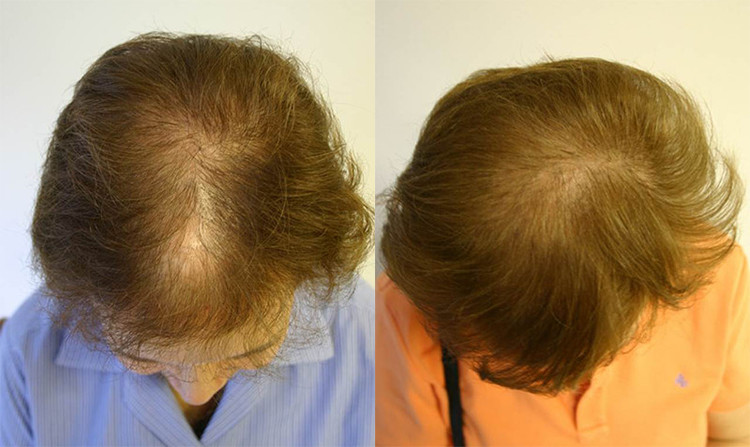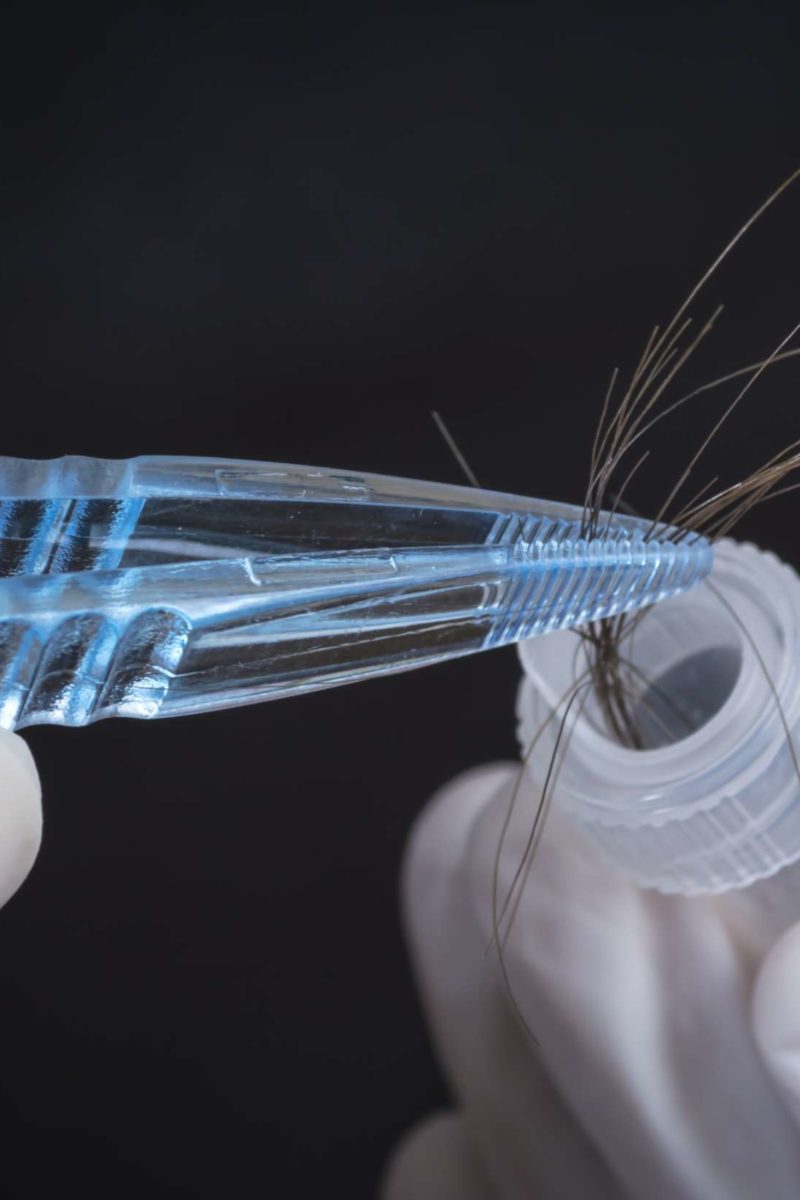Table Of Content

It goes without saying that excessive heat and chemical treatments aren’t a good idea, but try and opt for protective hairstyles too. “Opt for hairstyles that minimize tension on the hair follicles, such as loose braids, buns or ponytails,” advises Gaboardi. “Avoid tight hairstyles and hair accessories that pull on the hair and handle your hair with care to minimise breakage and damage. Baldness is often hereditary, and is activated by a shift in your hormones. Female pattern baldness is largely genetic, affecting hair along the top of a woman’s head. Female pattern baldness doesn’t affect your physical health.
When do dermatologists recommend treatment for hair loss?
With an accurate diagnosis, many people who have hair loss can see hair regrowth. If you need treatment for regrowth, the earlier you start, the more likely you are to see regrowth. Scalp ringworm, which is caused by a fungus, requires antifungal medication. Finasteride tends to be more effective if you begin taking it when you first notice hair loss. A dermatologist may also prescribe this medication to treat a woman who has hereditary hair loss and cannot get pregnant.
Discover UCLA Health
Newer treatments that are also being explored include some forms of laser therapy, microneedling with PRP, as well as other oral medications. Many of these treatments are still in the early testing phases though, and more research will be necessary. Typically, the most common types of hair loss are treated with topical or oral medications, which will likely be the first course of treatment. In addition to losing hair on the scalp, some people with alopecia areata lose hair from their eyebrows, eyelashes, or other parts of the body. Women may experience hair loss during menopause due to reduced production of the hormones estrogen and progesterone. Menopause usually affects women between the ages of 45 and 55.
Chief Medical Editor, Harvard Health Publishing

It’s important to understand that not everyone who used a laser saw regrowth. Should you see regrowth, you will need to keep using it every day. Sometimes to see regrowth, you need to make some changes. Your dermatologist can tell you whether your hair may start to grow again on its own. A person should contact a doctor for a blood test to check whether they have a nutritional deficiency that could be causing their hair to fall out. Certain medications have side effects that can cause hair to fall out.
Medications to treat hair loss

The majority of women affected by FPHL do not have underlying hormonal abnormalities. However, a few women with FPHL are found to have excessive levels of androgens. These women also tend to suffer from acne, irregular menses and excessive facial and body hair. These symptoms are characteristic of the polycystic ovarian syndrome (PCOS) although the majority of women with PCOS do not experience hair loss.
The life cycle of your hair
Hair loss occurs when something disrupts this cycle, and hair follicles stop regrowing. In women, a wide range of health factors contribute to this issue. Effective treatments for some types of hair loss are available. You might be able to reverse hair loss, or at least slow it.
Treatments for Anagen and Telogen Effluvium
Some research connects excess intake of vitamin A or selenium with an increased risks for hair loss. It is worth noting that this method is unlikely to benefit or help people with scarring alopecias. They may also order blood tests to check for any nutrient deficiencies or signs of an underlying condition. Traction alopecia results from too much pressure and tension on the hair, often from wearing it in tight styles, like braids, ponytails, or buns. For the purposes of this article, we use “male” and “female” to refer to a person’s sex assigned at birth.
balance - Hair loss: is the menopause to blame? - Balance Menopause
balance - Hair loss: is the menopause to blame?.
Posted: Mon, 16 Oct 2023 07:00:00 GMT [source]
Women and Hair Loss: Causes
Female-pattern baldness typically starts with scalp hairs becoming progressively less dense. Many women first experience hair thinning and hair loss where they part their hair and on the top-central portion of the head. Telogen effluvium is a type of hair loss that involves rapid hair shedding over a short period. It typically happens a few months after your body goes through something physically or emotionally stressful. Hair loss due to telogen effluvium is usually temporary. Your hair often grows back without treatment once you no longer have stress.
Anagen effluvium
Read on for more information about hair loss and how to manage it. Women with hair loss due to alopecia areata may consider treatment with corticosteroids applied to the scalp or injected into multiple sites in the affected area. People with alopecia areata may also benefit from immunosuppressive medications like methotrexate. Stress causes a large number of hairs in the active hair growth (anagen) phase to abruptly enter the resting (telogen) phase. When the hairs reenter the growth phase, the hairs that had been suspended in the resting phase are suddenly released. In the type of patchy hair loss known as alopecia areata, hair loss occurs suddenly and usually starts with one or more circular bald patches that may overlap.
Sometimes, your hair will regrow on its own, making treatment unnecessary. In many cases, a person’s hair will return to its usual state once a doctor has treated the underlying condition. Other vitamins and minerals may also play a role in hair loss. People can speak with a healthcare professional to determine whether they have a vitamin deficiency that may be causing hair loss. If a person thinks that hair loss may be due to a medication, they can consult a doctor for an assessment.
Over time, if not treated early, the size of the patch or patches will increase and fill with pus. This type of hair loss typically resolves on its own once the underlying cause is addressed. A 2020 study tracked 79 women taking spironolactone daily (doses ranged from 25–200 mg) for a minimum of 6 months. Nearly two-thirds of participants experienced some kind of improvement after 1 year. Those who began the trial with more pronounced hair loss saw the most benefit from the medication.

No comments:
Post a Comment